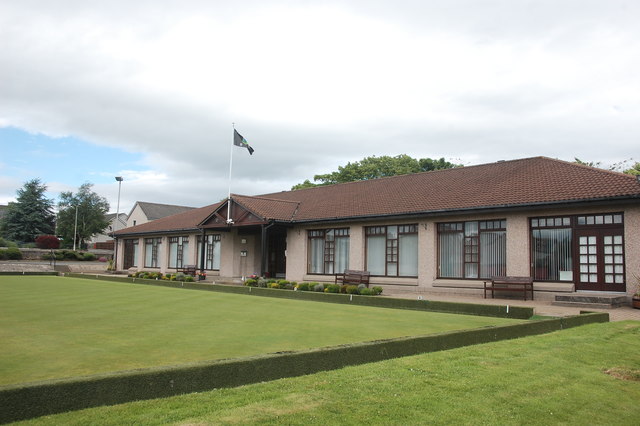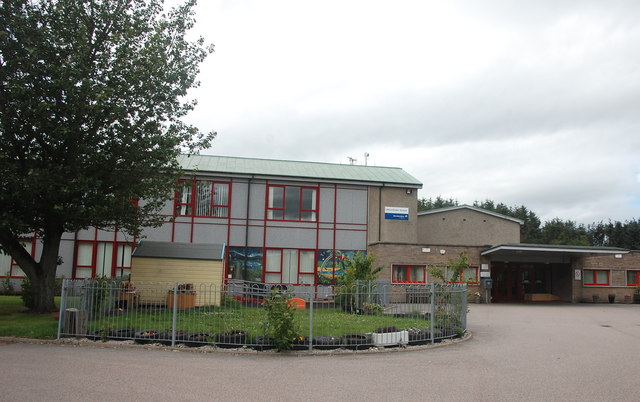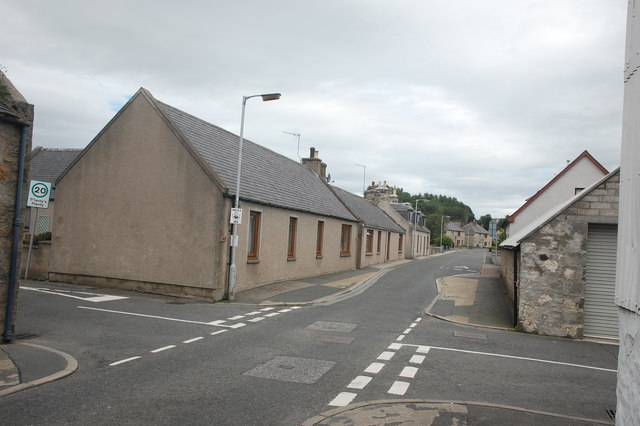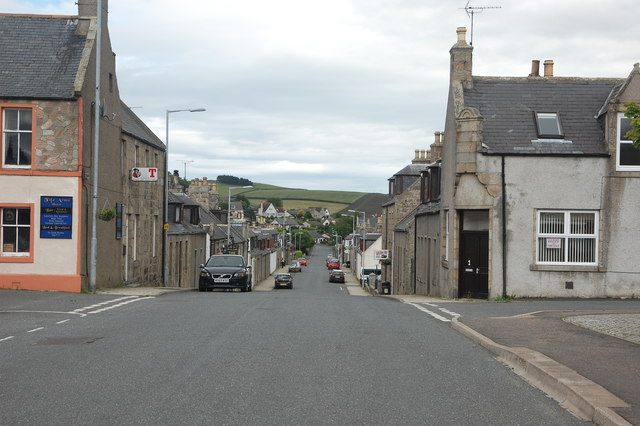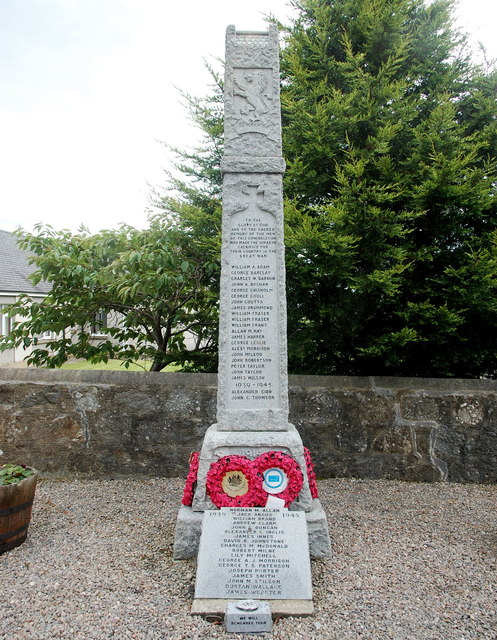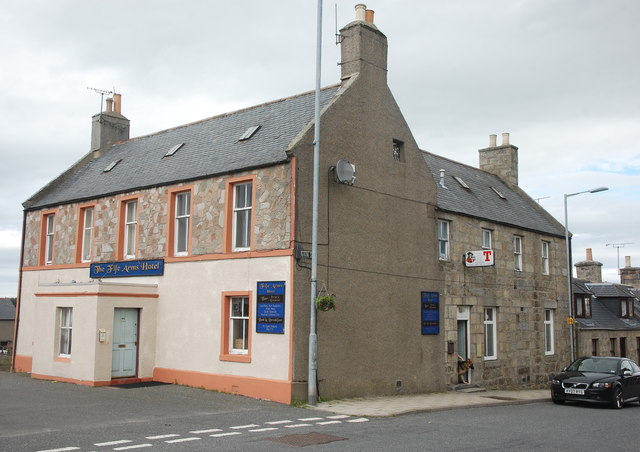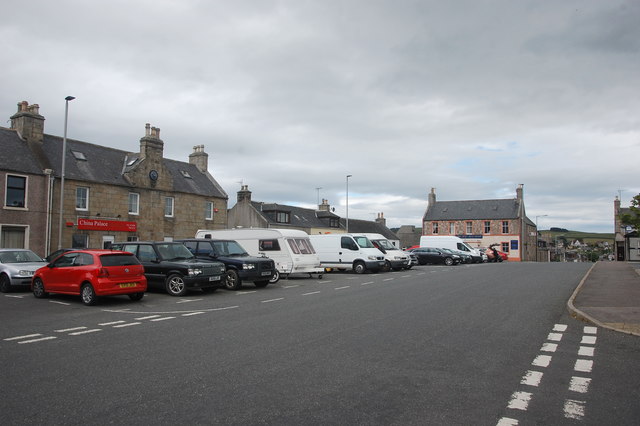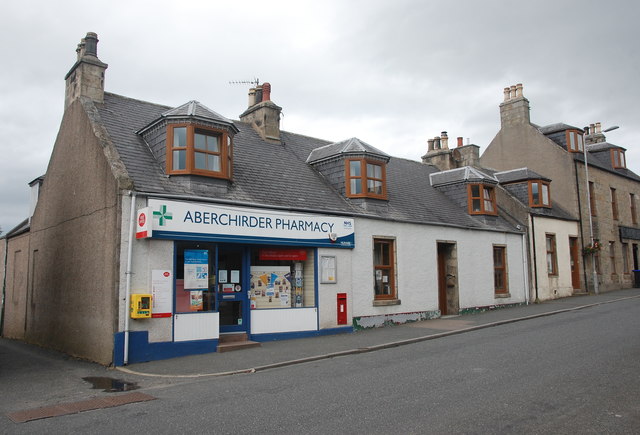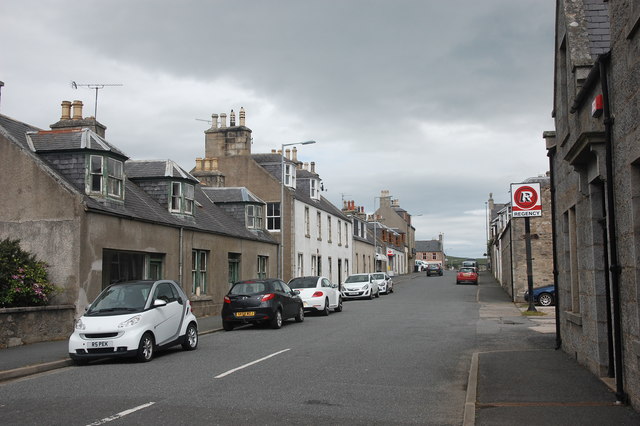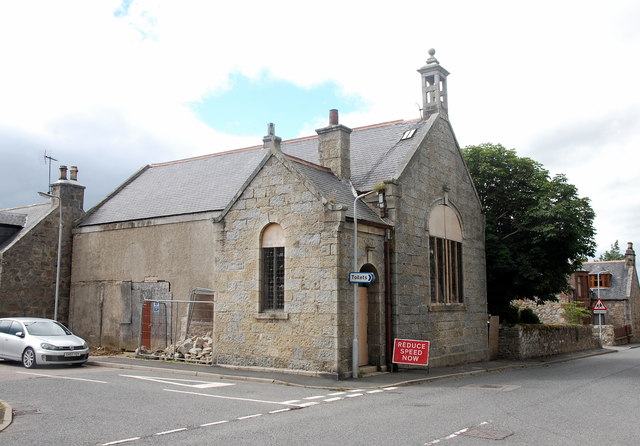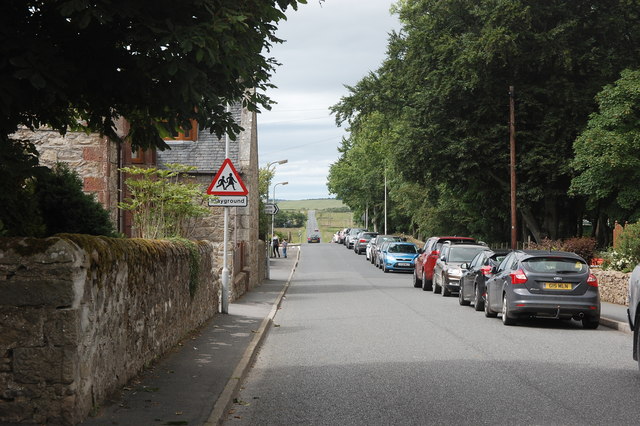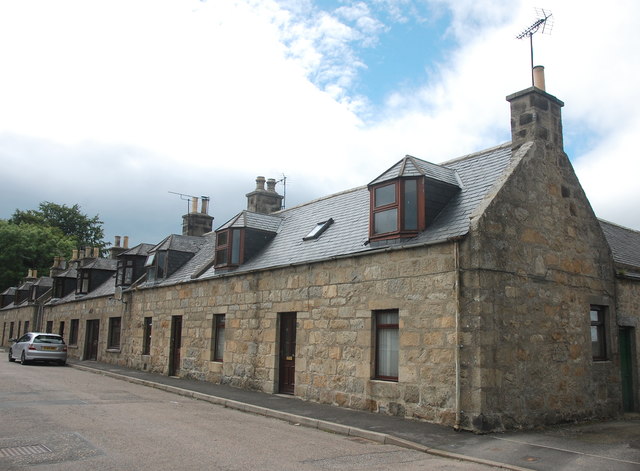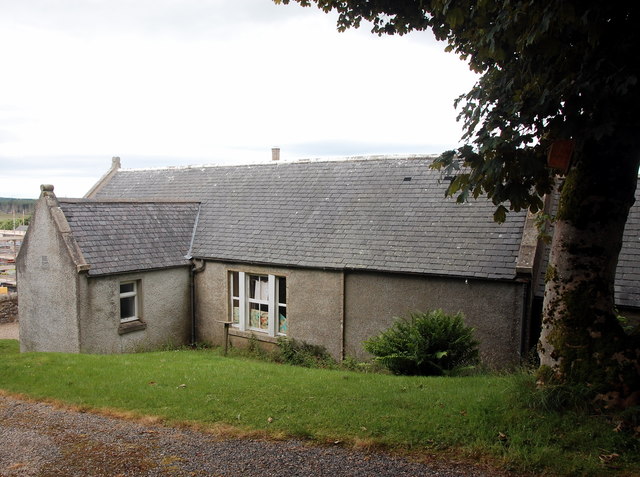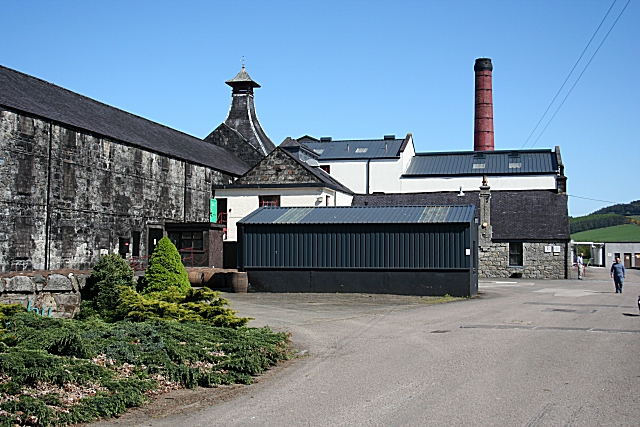Leachkiln Wood
Wood, Forest in Banffshire
Scotland
Leachkiln Wood
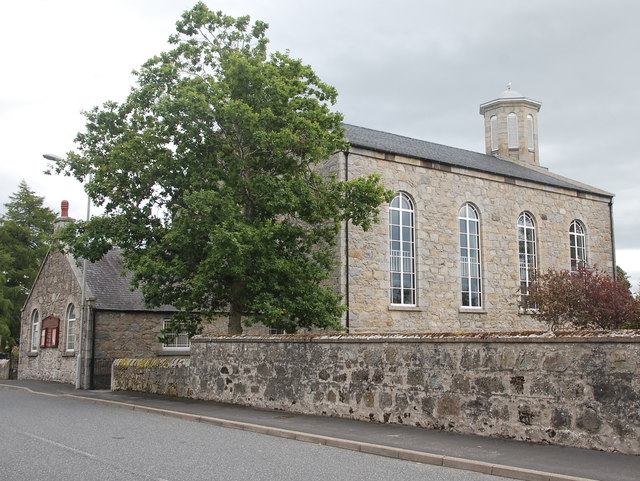
Leachkiln Wood is a picturesque woodland located in Banffshire, Scotland. Covering an area of approximately 50 acres, it is known for its stunning natural beauty and diverse range of flora and fauna. The wood is situated near the village of Leochel-Cushnie, offering visitors a tranquil and serene environment to explore and enjoy.
As one enters Leachkiln Wood, they are greeted by a dense canopy of trees, dominated by species such as oak, birch, and rowan. The varied terrain includes gentle slopes, small streams, and rocky outcrops, adding to the charm and character of the wood. A well-maintained network of paths and trails crisscrosses through the woodland, allowing visitors to easily navigate and discover its hidden treasures.
Wildlife thrives in Leachkiln Wood, with an abundance of bird species such as woodpeckers, owls, and songbirds making it their home. Visitors may also spot small mammals like red squirrels, rabbits, and voles scurrying among the undergrowth. The wood is especially renowned for its vibrant display of wildflowers during the spring and summer months, including bluebells, primroses, and orchids.
Leachkiln Wood offers a range of recreational opportunities, from peaceful walks and nature observation to picnicking and wildlife photography. The wood is a haven for nature lovers, providing a much-needed escape from the hustle and bustle of everyday life. Its proximity to nearby villages and towns makes it easily accessible for both local residents and tourists, ensuring its popularity as a cherished natural gem in Banffshire.
If you have any feedback on the listing, please let us know in the comments section below.
Leachkiln Wood Images
Images are sourced within 2km of 57.566854/-2.6512625 or Grid Reference NJ6153. Thanks to Geograph Open Source API. All images are credited.

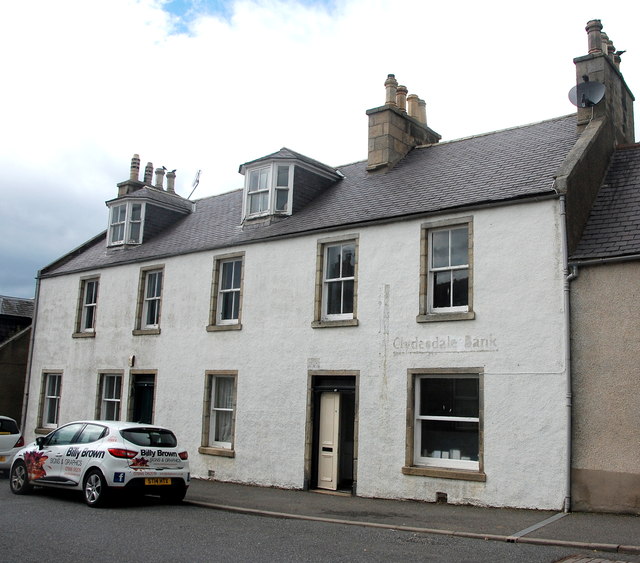
![Main Street, Aberchirder Aberchirder is the only significant settlement on the road (the A97) between Banff and Huntly. It is a fine example of an 18th Century Scottish planned (or improvement) village built on a rational grid pattern (compare Strichen and New Pitsligo). It was established by Alexander Gordon in 1764, to provide some stimulus to help the area recover from the economic devastation of the Forty-Five. The three main streets [North Street, Main Street (pictured) and South Street] run roughly east-west and are dead straight but certainly not level.](https://s3.geograph.org.uk/geophotos/05/45/15/5451595_894cd7d8.jpg)
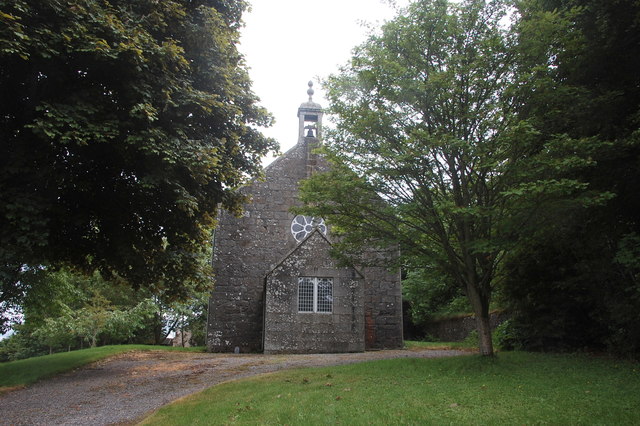
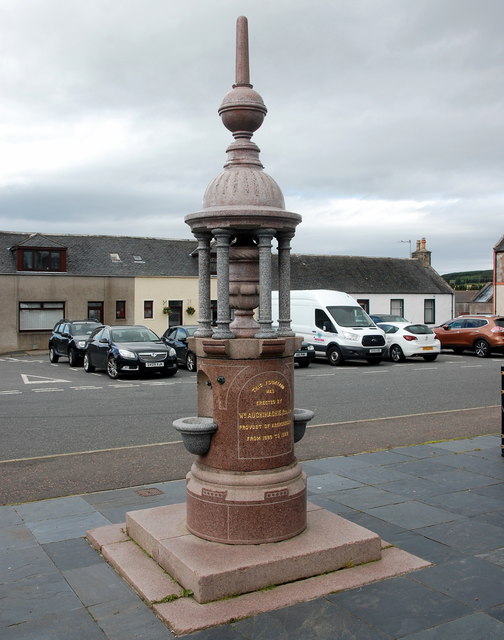
Leachkiln Wood is located at Grid Ref: NJ6153 (Lat: 57.566854, Lng: -2.6512625)
Unitary Authority: Aberdeenshire
Police Authority: North East
What 3 Words
///stun.needed.weekends. Near Aberchirder, Aberdeenshire
Nearby Locations
Related Wikis
Aberchirder
Aberchirder (Scots: Fogieloan, Scottish Gaelic: Obar Chiardair) known locally as Foggieloan or Foggie, is a village in Aberdeenshire, Scotland, situated...
Castle of Park (Aberdeenshire)
Park or Castle of Park, is an A-listed rambling baronial mansion incorporating a 16th-century tower house. It is 4 miles (6.4 km) north-west of Aberchirder...
Cornhill, Aberdeenshire
Cornhill (Scottish Gaelic: Cnoc an Arbhair) is a small village close to Banff, Aberdeenshire, Scotland. It lies 5 miles (8.0 km) to the south of Portsoy...
Glenbarry railway station
Glenbarry railway station, previously known as Barry was an intermediate stop with a passing loop situated on the Great North of Scotland Railway (GNoSR...
Inverkeithny
Inverkeithny is a village in the Formartine area of Aberdeenshire, Scotland. The village lies near where the Burn of Forgue flows into the River Deveron...
Knockdhu distillery
Knockdhu distillery is a whisky distillery situated in Knock, Banffshire and owned by Inver House Distillers Limited. == History == The distillery was...
Cornhill railway station
Cornhill railway station was an intermediate stop situated on the Great North of Scotland Railway (GNoSR) line from Cairnie Junction to Tillynaught. There...
Knock railway station (Scotland)
Knock railway station was an intermediate stop situated on the Great North of Scotland Railway (GNoSR) line from Grange and Cairnie Junction to Tillynaught...
Nearby Amenities
Located within 500m of 57.566854,-2.6512625Have you been to Leachkiln Wood?
Leave your review of Leachkiln Wood below (or comments, questions and feedback).
